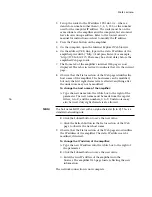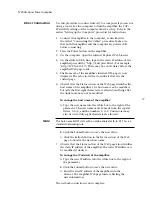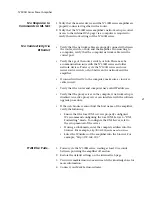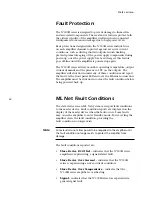
Mark Levinson
22
Fault Protection
The Nº500H series is designed to prevent damage to themselves
and associated components. These extensive features protect both
the critical circuitry of the amplifier itself and shield connected
loudspeakers from serious damage due to high-power levels.
Basic protections designed into the Nº500H series include fuses
on each amplifier channel to protect against excessive current
conditions, such as driving shorted outputs. Inrush limiting
prevents premature aging of the power supply components during
power-up; once the power supply has been charged, this feature
goes off-line until the amplifier is powered up again.
The Nº500H series actively monitors operating temperature, output
current demands and the presence of DC on the outputs. The
amplifier will shut down under any of these conditions and report
the fault via the front panel LED and over the Ethernet connection.
The amplifier must be shut down to clear the fault condition before
being powered back up.
ML Net Fault Conditions
The slave devices in an ML Net system can report fault conditions
to the master device. Fault condition reports are displayed on the
display of the master device when the fault occurs. Some faults
may cause the amplifier to enter Standby mode. Power-cycling the
amplifier clears the fault condition, providing the
fault condition no longer exists.
Some faults do not allow power to be reapplied to the amplifier until
the fault condition no longer exists to protect the amplifier from
damage.
The fault conditions reported are:
•
Slave Device DC Offset
– indicates that the Nº500H series
amplifier is experiencing a signal-related fault.
•
Slave Device Over Current
– indicates that the Nº500H
series is experiencing an over-current condition.
•
Slave Device Over Temperature
– indicates that the
Nº500H series amplifier is overheating.
•
Signal
– indicates that the Nº500H series has experienced a
general signal fault.
Note







































